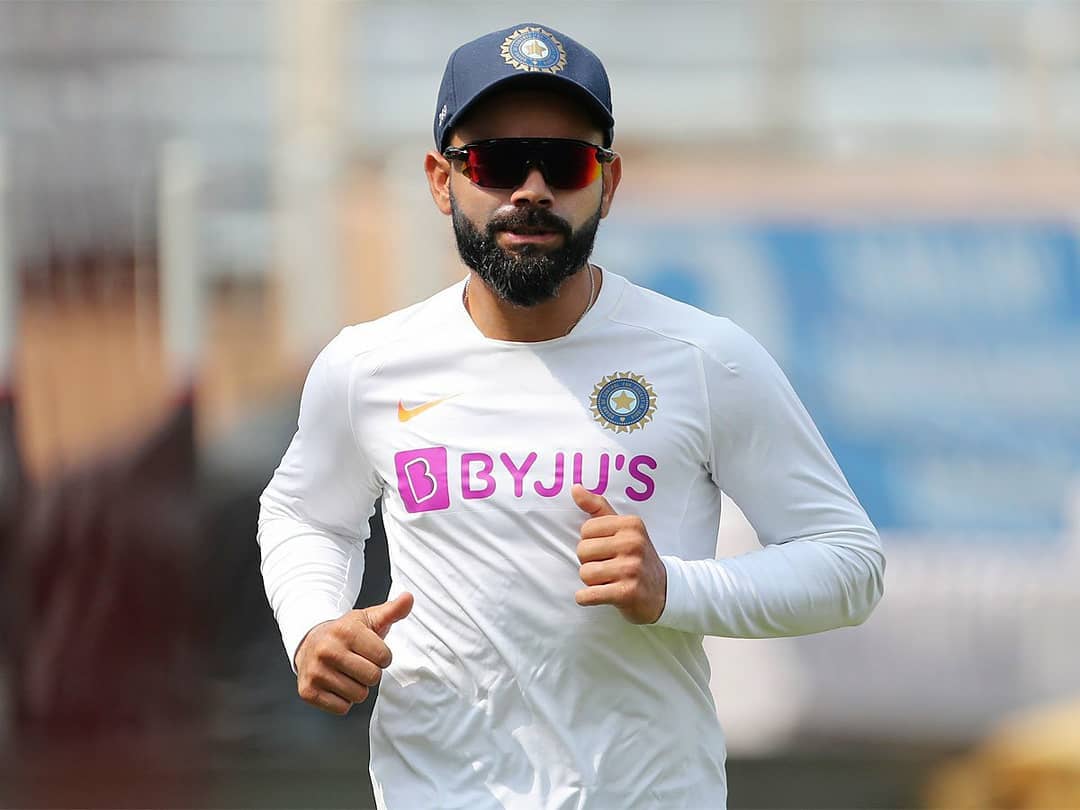
India collapse to their lowest score as Aus win Adelaide Test by 8 wickets
The Indian cricket team under Virat Kohli faced its worst hour of embarrassment while collapsing to their lowest Test score of 36 as a rampaging Australia cruised to an emphatic eight-wicket victory inside two-and-a-half days in the opening day/night Test at Adelaide on Saturday (December 19).

The Indian cricket team under Virat Kohli faced its worst hour of embarrassment while collapsing to their lowest Test score of 36 as a rampaging Australia cruised to an emphatic eight-wicket victory inside two-and-a-half days in the opening day/night Test at Adelaide on Saturday (December 19).
Josh Hazlewood (5-3-8-5) and Patrick Cummins (10.2-4-21-4) displayed fast bowling of the highest quality, the impact of which will be far-reaching with three more Tests to go.
India’s earlier lowest score was 42 at the Lords in 1974 against England, known in Indian cricket parlance as the ‘Summer of 42’.
Saturday’s total was also the lowest score in the brief history of D/N Tests and the joint fifth lowest overall.
Also read: How reforms democratized cricket – partially
The easy target of 90 runs was achieved by the home side in only 21 overs without much fuss. They only lost Matthew Wade (33) and Marnus Labuschagne (6) in pursuit of the goal, with opener Joe Burns (51) scoring a confidence-boosting half century.
India have now lost three successive Tests well inside three days after the two in New Zealand earlier this year. To make matters worse for the visitors, star pacer Mohammed Shami’s series could well be over due to a wrist injury from a short ball from Pat Cummins, which could potentially be a fracture.
Shami could not continue and the Indian innings was terminated at 36 for 9 in 21.2 overs. The likes of Sunil Gavaskar and the late Ajit Wadekar had long carried the baggage of that English Summer, inarguably one of the worst in the annals of Indian cricket. It will now be replaced by the ‘Summer of 36’.
At one stage, India were reduced to 26 for 8 and looked like equalling the lowest ever Test score (26 by New Zealand vs England ) but Hanuma Vihari’s boundary helped them avoid the ignominy.
The Indian batting was completely exposed by the extra bounce generated by Australian pacers, who bowled every delivery on the off-middle channel after landing on the seam. In an inexplicable collapse, India’s much-vaunted batsmen fell like nine pins with not a single one able to reach double figures.
Once nightwatchman Jasprit Bumrah (2) was out in the first over, Hazlewood and Cummins decimated the tourists and also caused lasting damage to their pride.
Also read: Cricket Corruption: How reforms led to the match-fixing scandals
The likes of Mayank Agarwal (9), Cheteshwar Pujara (0) and Ajinkya Rahane (0) were all out in similar fashion. All the deliveries were almost identical, angled in, which forced the batsmen to jab at them and just bounced a wee bit more. They deviated a bit, taking the outside edges to Tim Paine behind the stumps.
Kohli (4) was dismissed in the manner he used to get out in England back in 2014, trying to drive a delivery on the fifth stump and caught at gully.
To sum it up, the Indian batsmen failed to factor in the pitch suddenly becoming livelier with extra bounce.
A collapse like this could effect the performance in the next Test match at the MCG, beginning December 26. India will be without Kohli as he will be on paternity leave.
Ajinkya Rahane, the captain in waiting, has been in wretched form for the longest time. Prithvi Shaw’s confidence is in shambles. Mayank Agarwal, with that pronounced back-lift and a dodgy technique against deliveries with extra bounce, will also have his share of problems.
Cheteshwar Pujara’s defensive batting worked well in 2018 but this time, there is propensity to get stuck as Shane Warne, during commentary, pointed out at his inability to rotate the strike.
For now, the sequence of 4, 9, 2, 0, 4, 0, 8, 4, 0, 4, and 1 on the scorecard will rankle the fans and the team for a long time to come.

